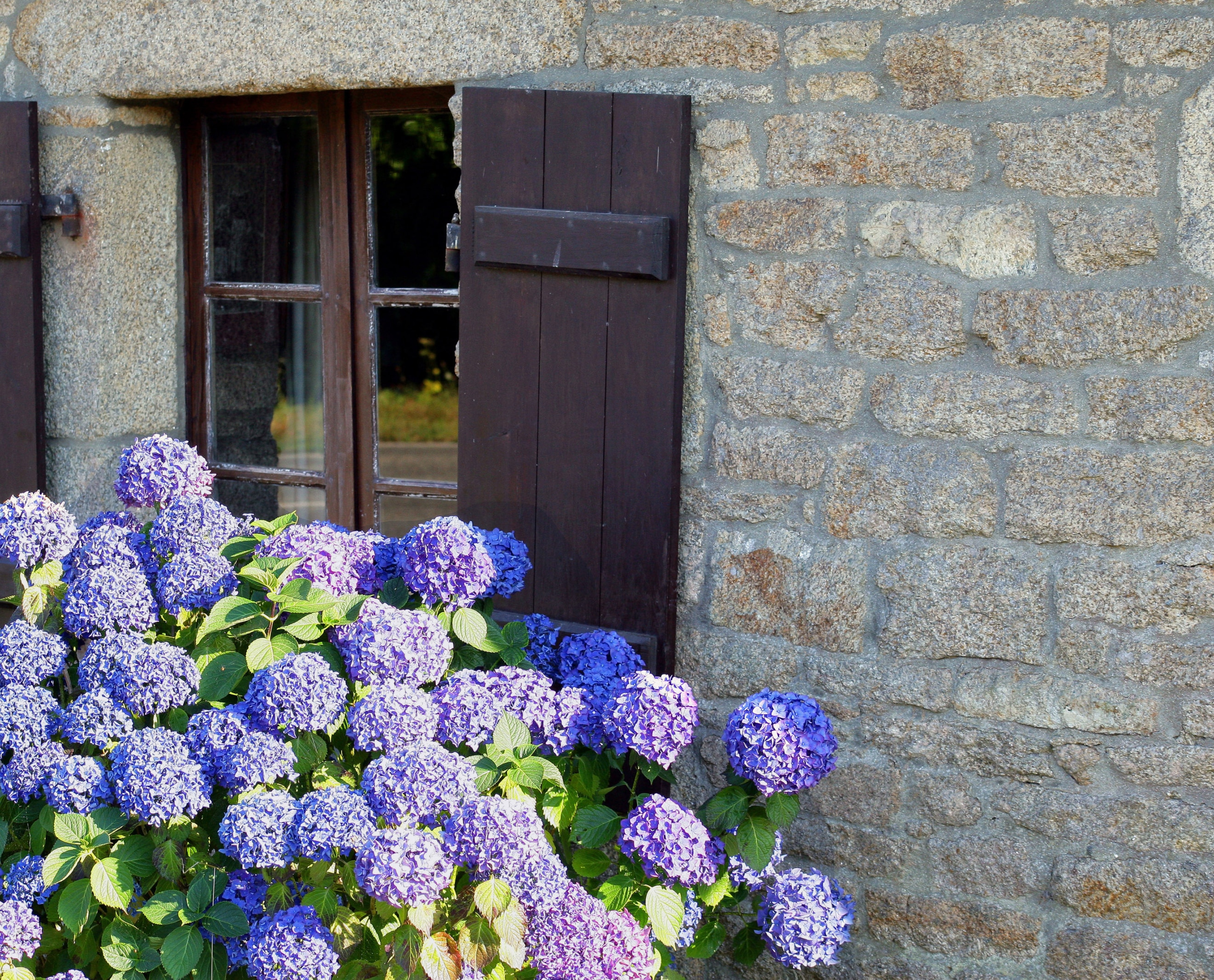Cleaning, treating, protecting: how do you maintain a façade?

The façades of houses are directly affected by the climatic hazards that cause fungi, algae and lichen to proliferate, but not all façades of the same building are affected in the same way: the absence of sun and exposure to wind and rain are aggravating factors. Facades needto be maintained regularly.
When should a façade be maintained?
The materials used to protect a façade can be varied: rendering, plaster, wood cladding, etc. Some of these are treated to prevent the development of biological agents before installation.
However, after a few years, the effectiveness of fungicide products fades, and micro-organisms can develop as a result of weather variations.
If the façade is visually marked with green, red, yellow, brown, white or black spots, it’s time to suggest cleaning and treatment.
The consequences of an untreated façade are manifold: aesthetic damage, peeling paint and cladding and, as a result, less effective protection against damp and seepage. These can then weaken the structure of the dwelling, leading to possible heat loss, etc… and affect the health of residents.
We recommend treating exterior walls in dry weather, with spring and summer being the two most suitable seasons.
The steps involved in maintaining a facade against fungus and algae
1/ Visual diagnosis
When you arrive at your customer’s premises, the first step is to analyse the situation and determine the cause of the visual damage to the façade:
- Algae and lichens can be recognised by their green, red or yellow colour
- Black streaks can be a cause of humidity and pollution
- Fungi and moulds can be black or brown.
In all cases, humidity, pollution and lack of light have an effect on the development of micro-organisms.
Based on your diagnosis, you will need to suggest to the owners the appropriate curative treatment for their facades.
2/ Brushing and cleaning the facade
For ashlar, lime or cement rendering, the first step is always to clean the surface. To do this, we recommend brushing before cleaning with detergents to remove algae, lichen and fungi.
A high-pressure cleaner is not inadvisable, but should be used sparingly. Pressure can damage the façade cladding, making it less watertight. In the case of very dirty walls, techniques such as scrubbing and sanding may be necessary to remove the dirt in depth.
XILIX Power Cleaner restores facades to their original appearance. The product is applied using a sprayer. Using a brush, the applicator effectively removes organic residues, cleans thoroughly and leaves the surface bare. What’s more, XILIX Power Cleaner complies with standard NF 438, which sets out the efficiency criteria for awarding the NF Environnement national eco-label for cleaning products.
3/ Treating the surface
Once the surface is clean and tidy, you (or another contractor) can repair any damage caused by fungus, algae or lichen on the façade.
Next, the façade should be treated with fungicides and algicides using a sprayer, brush or roller in one or more applications.
XILIX EXPERT AF-C is a dilutable algicide fungicide that permanently eliminates lichens and algae on façades. The product has a remanent action that is reactivated by the humidity of the substrate.
Groupe Berkem’s products contain no acids, chlorinated products or caustic soda. They also preserve materials, without damaging the quality of substrates.
A final application of a waterproofing product will complete the treatment.